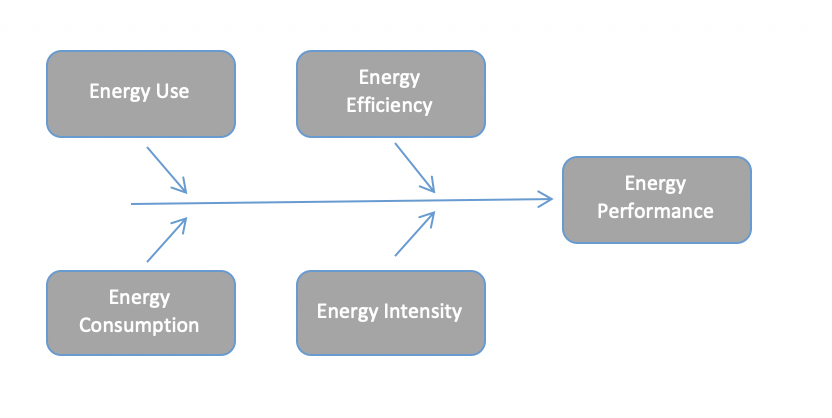ISO 50001 EnMS – Improve your energy performance
Do you want to improve your energy performance? We can help you build an Energy Management System (EnMS) to structure your approach to sustain energy savings and reduce your carbon footprint.
Here are some details on the Natural Resources Canada assistance program:
You may find this link helpful: NR Can and ISO 50001 EnMS
General financial assistance information from NR Can
Here’s some information on adding an EnMS to an existing ISO system – ISO 9001, 14001, 45001 or 27001…
If you have a QMS, EMS or both, These additional elements are needed for your EnMS:
Energy Management Support Team Clauses 5.1.1 i) & 5.3)
Energy Targets and Action Plans Clauses 6.2.1, 6.2.2 & 6.2.3
Energy Review Clause 6.3
Energy Performance Indicators – EnPI Clause 6.4
Energy Baseline – EnBClause 6.5
Improvement in Energy Performance Clauses 9.1.1, 10.2
Evaluation of Compliance Clause 9.1.2
Energy Performance is the Foundation
This step requires an ‘energy audit’.
Do an ‘energy review’ to gather energy data. This exercise requires a skilled professional in order for you to create an energy profile. You’ll find KPI information on our site (SimplifyISO.com) to give you an idea of how this part of the program works.
Your ‘Energy Baseline’ (EnB) is the basis for the entire system, so the more accurate this number is, the more value you’ll get out of your EnMS.
This is one of many models of ‘Energy Performance’

Use Measurements that add value
How good is our data? ISO 50001 requires that your energy targets are supported by action plans. This greatly improves the chances of realizing measurable savings. In addition to that, an organization is required to demonstrate assessment of Energy Performance Indicators and its management of Significant Energy Use. These ‘evaluation’ requirements turn opinion into data that can help improve performance.
Make ‘Continual Improvement’ top of Mind
Continual Improvement is a requirement. You’ll find a reference to continual improvement in phrases like, ‘continual improvement of its energy performance’, ‘improve its effectiveness’ and ‘improve the EnMS and the resulting energy performance’. These phrases appear 37 times in this Standard, so you know this is a key value-adding requirement.
Why do this?
We all want to save energy…
The goal here is ‘Improved Energy Performance’. How you get there is, as with all ISO Standards, up to you. The benefits are numerous. Not only will you save money by using less energy, you’ll shrink your carbon footprint, too. If that happens to be something near and dear to your heart, this standard will show you a structured approach to maintain sustainable improvements.
What about getting ‘Certified’?
An added bonus is the global structure of this program. This standard is written so it can be audited and registered by a third party accredited Registrar.
Why spend the extra money?
Discipline, for one thing. Despite our best intentions, management systems can slowly unravel into a mass of measurements with little or no specific action attached to them. Your Registrar will make sure you meet the ‘continual improvement’ requirements (37 references in this standard) so you get bottom line results that make your system pay dividends.
Next Steps…
Start with a gap analysis
By reviewing ISO 50001:2018, you’ll be able to see that you’re already meeting some of the requirements. You’ll see that ISO 9001:2015 requires many of the same processes and documented information. The clauses unique to an EnMS are typically the areas that need attention. It’s possible that if you’re ‘energy conscious’ you may already have met some of them.
Next, do an energy audit
This exercise requires that you record, document and maintain your energy review. This includes documenting the methods and criteria you used, too. By looking at the energy sources you use now and reviewing your energy history, an energy picture will emerge. Now you have data to figure out where your significant energy drains are. Analysis of this data will help you formulate ways to improve your energy performance.
Close the gaps and start measuring
Use whatever method you’re accustomed to for this phase. Any project management approach should work. Use the existing parts of your current Management System to keep the project moving. The content (for the most part) and format of the requirements are the same as your current system: Context, Leadership, Planning, Support, Operations, Performance Evaluation and Improvement. Some processes will have to be added but many will just need a tweak. EnB is a big one!
Timeline…

